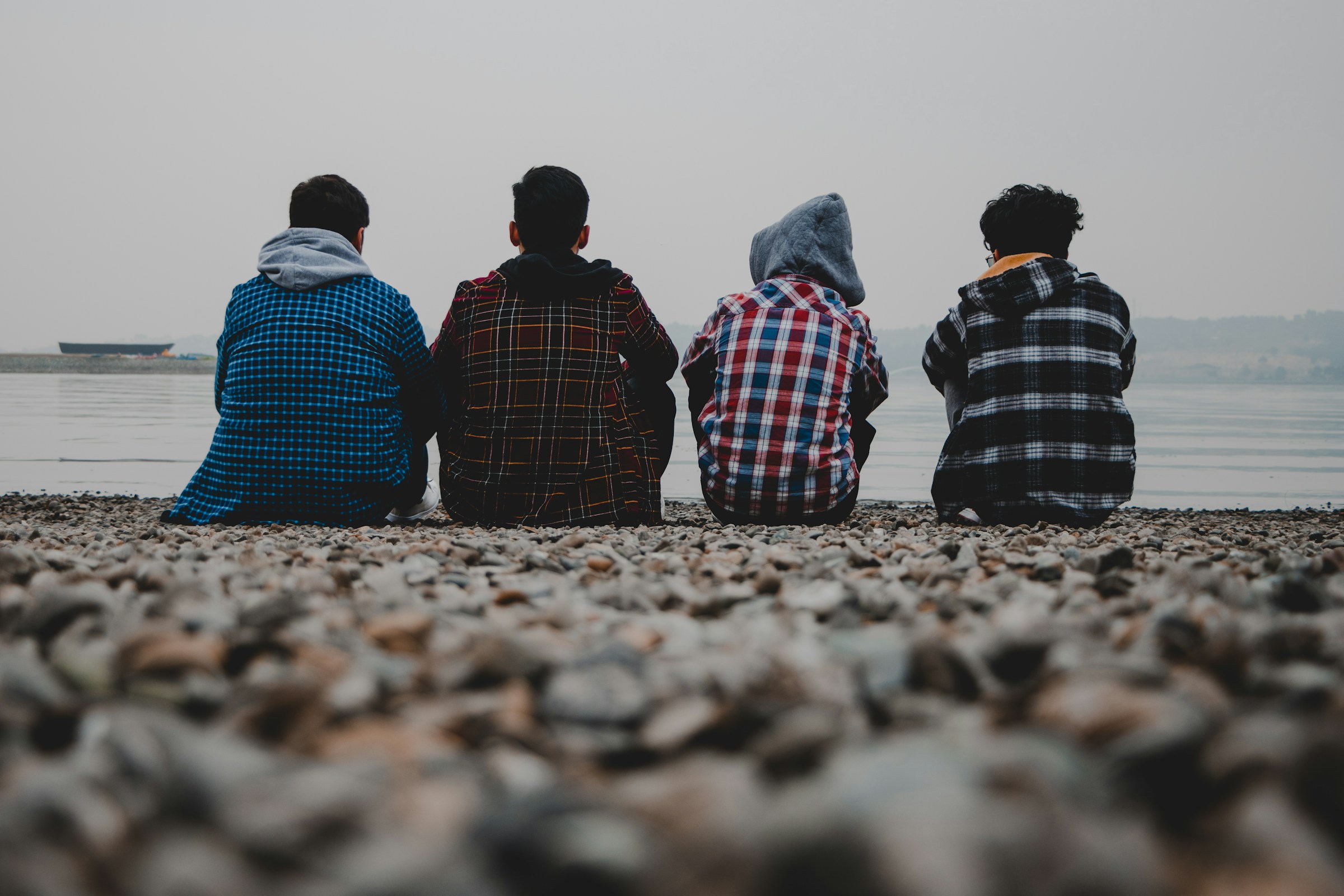
Understanding Substance Use Triggers in Teen Environments
Teen spaces are always alive. Sneakers hit linoleum, hallways echo with laughter, music leaks from cracked phone speakers, and the ever-present pressure to fit in never loses its ever-presentness. Within this landscape, some patterns point to substance use triggers in teen environments. To see them with clarity, and address them with empathy, we need to slow down the chatter and look at the moments where behavior starts to change.
A Look at Teen Substance Use in Numbers
Statistics and numbers feel a little flat once seen on a piece of paper (or a computer screen), but they carry an unsettling weight once you think about them as actual students sitting in classrooms; real people in real environments. Between 2016 and 2020, drug use among 8th graders climbed by 30.0%. Fast forward to 2023: about 1.86 million adolescents, or 7.2% of teens nationwide, have reported drug use in the past month in the annual NCDAS survey. These numbers represent real settings – after-school hangouts where habits form and circles of friends where wrong choices ripple through the group as if they’re the most natural thing out there.
Understanding Substance Use Triggers in Teen Environments
To map these dark forces, we need to step into the places where teens spend their time and pay attention to who stands beside them. We need to listen to the stories they repeat.
The Quiet Pull of Friends
Many teens underestimate the risks of casual substance use because their friends make it look like there’s no risk to experimenting with substances at all. Peer groups can create invisible contracts – smoke here, drink there, and you’ll belong. It rarely feels like pressure in the textbook sense, the way your parents might’ve imagined it back in the day. Instead, it feels like staying in sync, keeping your place in the circle. For many teens, to refuse participation feels louder than going along, and the fear of standing out can rival any warning from their parents or teachers.
Pop Icons, Screens, and Subcultures
Media plants its own seeds; a music video, a film character, or a famous face can wrap drugs in an image of cool, rebellion, or even artistry. Subcultures can be built around these symbols too – the stoner archetype, the party clique, the underground music crowd. Each has a coded language where using substances is simply part of belonging. The danger isn’t always direct promotion, but the drip-feed normalization that makes teens feel that these choices are markers of identity.
Families That Strain and Split
A parent who uses substances might normalize unhealthy behavior long before any outside influence grabs hold of the child. A family that feels unstable or unpredictable can push teens to search for steady ground in ways not so safe. Dysfunction isn’t always so obvious from the outside. A home might look intact but still lack the support or presence that keeps teens steady. The gap often leaves room for substances to slip in as coping tools.

Family problems are a well-known trigger for teen substance abuse.
The Shadow of Class and Poverty
Economic strain can also stir substance-use-related issues. Limited access to stable housing or healthcare, or not so many choices regarding safe activities outside school, can make unhealthy outlets feel closer than their healthy counterparts. In some communities, drugs circulate more visibly; they’re woven into daily survival stories. Talking about class and substance use requires care, because poverty doesn’t cause drug use. But the stress and scarcity attached to it can set the stage where risk feels heightened, and safe alternatives feel too far away.
Bruises Without Marks
A teen who faces daily ridicule will sometimes look for escape routes wherever they appear. Substances can offer that temporary exit. An easy way to mute the noise. For those who endure repeated harm, the line between coping and risk can become blurred pretty quickly. Schools and peers tend to underestimate how deeply bullying cuts, but the pull toward relief is strong, and drugs can feel like a quick patch for an ongoing wound. Bullying clearly belongs to the most troubling substance use triggers in teen environments.
Conclusion: Staying Awake to the Signals
The signals are rarely hidden. They show up in friend groups, in music lyrics, in homes, in the weight carried by students in silence. By paying attention, parents, educators, and communities can keep the conversation active instead of reactive. The point is to make space where teens can see choices without the blinders of pressure or everyday stress. Once we start to recognize substance use triggers in teen environments with more clarity and understanding, we stand a better chance of offering paths that feel real and safe.
Keyphrase: substance use triggers in teen environments
Meta Description: Explore how peer pressure, media, family, class, and bullying shape substance use triggers in teen environments and affect choices daily.
References:
https://drugabusestatistics.org/teen-drug-use/
